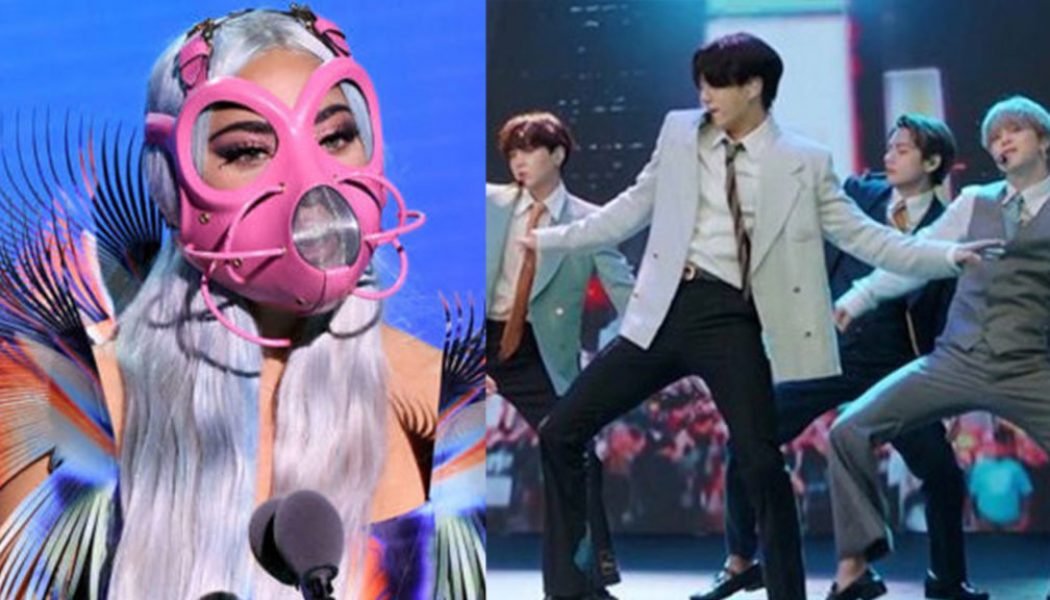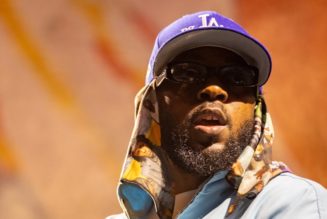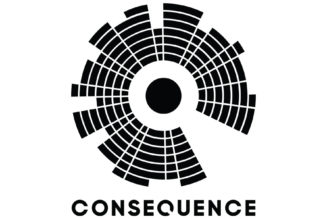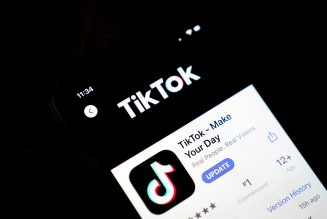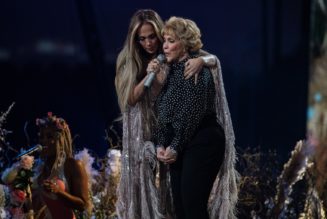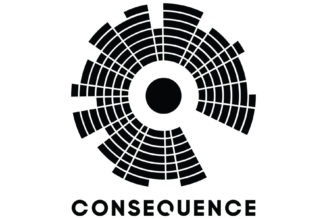
Was it really only last year where the VMAs were held at the Prudential Center in New Jersey — with Megan Thee Stallion relegated to the pre-show, Taylor Swift opening the ceremonies with two songs from her then-new album Lover, and host Sebastian Maniscalco cracking jokes about emotional support animals for “triggered” viewers in attendance?
Hard to tell which part of that most makes the 2019 VMAs feel like a lifetime ago, but suffice to say, it was a very different MTV Video Music Awards that greeted fans on Sunday night (Aug. 30). With Brooklyn’s Barclays Center a late scratch as the 2020 event’s planned venue, the night’s performances, awards, and host segments (courtesy of engaging hyphenate Keke Palmer) all at least seemed pre-taped — according to Page Six, on stages in New York and Los Angeles in tight pre-show timeframes to minimize potential COVID-19 risks. With myriad green-screened backgrounds and a whole lot of fake crowd noise, there was a distinctly sci-fi, quasi-dystopic feeling to the proceedings.
And for a Video Music Awards from the year that Palmer said she had started using as shorthand for whenever things got messed up, it seemed about right. If ever there was a time for a disjointed, surreal, and alternately deathly serious and stupefyingly silly award show, it was now. Frankly, with the show struggling somewhat to find its place in the modern pop culture landscape with recent broadcasts, it’s hard to argue that this wasn’t the most memorable VMAs since the Obama years.
Which isn’t to say that the Video Music Awards are back, exactly. The best VMAs over the years have traditionally come with moments of spontaneous explosiveness, the kind that can only come through the natural friction of getting a number of the most famous musicians in the world together in an already competitively heightened situation and colliding them against each other. That’s been harder for MTV to do in recent years — particularly as fewer and fewer of those A-list stars are still willing to even get in the building together in the first place — and obviously, it’s categorically impossible to during an era of social distancing. As far as events that should have gone down at the Barclays Center this year go, there was even less tension, excitement and intrigue in these VMAs than in the Toronto Raptors’ recent four-game blowout sweep of the Brooklyn Nets in the NBA playoffs.
Back in June, the similarly remote BET Awards were able to succeed in large part by establishing an early sense of purpose, with its opening All-Star re-recording of Public Enemy’s “Fight the Power.” This award show was a little more all over the place, with messages on social justice, COVID-19 precautions, and both an opening transmission from Palmer about the tragic recent death of Chadwick Boseman and even an In Memoriam montage, a rarity for the VMAs. There was a lot of ground to cover, and while the proceedings tried to get all of it, the most meaningful moments of the night were often delivered through acceptance speeches (like The Weeknd’s simple “Justice for Jacob Blake, justice for Breonna Taylor” statement) and commercials (like MTV’s genuinely powerful “When Will Enough Be Enough?” spot about the police shooting of Blake).
But there was spectacle, certainly — some real, some fabricated, most a combination. The Weeknd performed “Blinding Lights” to a couple of helicopters 1000 feet above Hudson Yards in Manhattan. BTS made their VMAs debut (performing “Dynamite” for the first time) in front a variety of faux-New York and Seoul backdrops. Miley Cyrus climbed a giant staircase to swing on a disco ball for “Midnight Sky,” in an obvious callback to her 2014 video of the year-winning “Wrecking Ball” clip. The Black Eyed Peas, uh, had light-up crotches for their “Vida Loca” performance with Nicky Jam and Tyga, which also involved a gigantic fake UFO. Fireworks were shooting off seemingly all night, constantly confusing as to which were real and which were computer-generated. Unclear if any of these moments will join the all-time VMAs highlight reel, but they felt big and weird enough under the circumstances, at least.
[embedded content]
And when in doubt, the event just turned to Lady Gaga. Ten years after Gaga’s star-defining turn at the 2010 VMAs, her imprint on this year’s ceremonies was so massive and substantial that she probably could’ve gotten the Moonperson statue remade in her image if she’d asked. She won four competitive awards on the evening (though she surprisingly lost the climactic video of the year award to The Weeknd) and not only gave the event’s centerpiece performance with a brilliant Chromatica medley, but also received the show’s first-ever “Tricon” award. The preponderance of Gaga didn’t exactly generate the same thrills as “Bad Romance” and the Meat Dress a decade earlier, but Gaga and the VMAs are still a match made in award show heaven, as she demonstrated not only with her stellar performance, but with every thoughtful acceptance speech and every stunning costume (and COVID mask!) change.
Ultimately, what the Video Music Awards has really struggled with in recent years is a sense of identity — if it’s not the rawer, ruder, and younger alternative to the Grammys, what is it exactly? The 2020 ceremonies didn’t answer that question necessarily, but they rendered it moot for at least another year, by leaning into the challenges that have made this year singular and coming up with a product that reflected the times better than any more traditional Barclays Center broadcast likely could have. If you flipped past the 2020 Video Music Awards on an MTV rerun sometime years down the road, you might watch it again and you might not, but one thing’s for sure: you’d have no problem identifying which VMAs you were watching.
